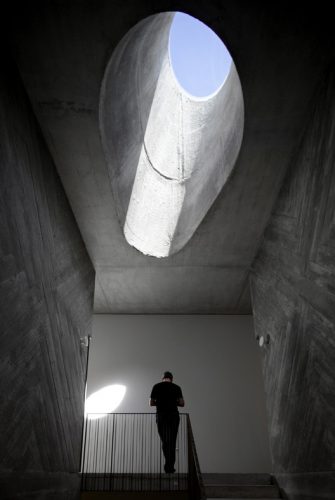 Light is a powerful design element in architecture, capable of transforming spaces, enhancing ambiance, and evoking emotions. This blog post delves into the art and science of architectural illumination design, offering insights into harnessing the creative potential of light to craft captivating and visually stunning architectural environments.
Light is a powerful design element in architecture, capable of transforming spaces, enhancing ambiance, and evoking emotions. This blog post delves into the art and science of architectural illumination design, offering insights into harnessing the creative potential of light to craft captivating and visually stunning architectural environments.
The Impact of Light on Architecture
Light plays a pivotal role in shaping the perception and experience of architectural spaces. Explore how lighting design influences spatial aesthetics, accentuates architectural features, establishes mood and atmosphere, and creates visual interest within built environments. Understand the transformative impact of light on architectural design.
Principles of Architectural Lighting Design
Effective architectural lighting design is founded on principles that balance functionality, aesthetics, and human experience. Learn about key principles such as layering light, creating focal points, controlling glare, emphasizing textures, and considering color temperature to achieve harmonious and visually pleasing lighting compositions in architectural spaces.
Natural vs. Artificial Lighting Integration
Balancing natural and artificial lighting sources is essential in architectural illumination design. Discover strategies for seamlessly integrating natural light through fenestration, skylights, and light wells, while effectively supplementing with artificial lighting to maintain consistency, flexibility, and ambiance control. Explore the symbiotic relationship between natural and artificial light in architectural settings.
Lighting Techniques for Architectural Emphasis
Lighting techniques are instrumental in highlighting architectural elements and defining spatial hierarchy. Delve into techniques such as uplighting, wall washing, cove lighting, graze lighting, and accent lighting to emphasize textures, shapes, volumes, and focal points within architectural interiors and exteriors. Master the art of using light as a design tool for architectural emphasis.
Energy Efficiency and Sustainability in Lighting Design
Incorporating energy-efficient lighting solutions and sustainable practices is imperative in contemporary architectural design. Learn about LED technology, lighting controls, daylight harvesting strategies, and green building certifications that promote energy conservation, reduce carbon footprint, and enhance sustainability in architectural illumination design.
Circadian Lighting and Human-Centric Design
Circadian lighting principles cater to human well-being by aligning lighting design with natural circadian rhythms. Explore the concept of circadian lighting, tunable white lighting systems, and human-centric design approaches that support health, productivity, and comfort in architectural environments. Embrace lighting designs that prioritize occupant well-being and performance.
Cold Cathode Fluorescent Lamps in Architectural Lighting
Cold Cathode Fluorescent Lamps (CCFLs) have historically been vital in architectural lighting, offering efficiency and aesthetic versatility.
While LED technology now dominates, CCFLs remain relevant in specific applications due to their even light distribution, longevity, low heat emission, vibrant color rendering, and flexibility in shaping.
This section delves into CCFLs’ unique characteristics, ideal for creative and ambient lighting in architecture. Despite the trend towards energy-efficient options, CCFLs enrich the toolkit of architectural lighting designers, catering to specific visual effects and lighting needs.
Exterior Lighting for Architectural Landscapes
Exterior lighting not only enhances the aesthetic appeal of architectural landscapes but also contributes to safety, wayfinding, and security. Discover outdoor lighting techniques for architectural facades, pathways, landscaping features, and public spaces that create inviting nighttime environments, highlight architectural elements, and extend the visual impact of architectural design beyond daylight hours.
Interactive and Dynamic Lighting Installations
Interactive and dynamic lighting installations offer opportunities for engaging and immersive architectural experiences.
Explore interactive lighting technologies, dynamic color-changing systems, programmable lighting sequences, and responsive lighting effects that enable architectural spaces to adapt, transform, and engage with occupants dynamically.
Unleash creativity in designing interactive lighting installations for architectural delight.
Collaborative Design Approaches in Lighting Design
Effective architectural illumination design often involves collaboration among architects, lighting designers, engineers, and other stakeholders.
Understand the importance of interdisciplinary collaboration, communication, and integrated design processes that foster seamless integration of lighting design concepts into architectural visions.
Harness the power of collaborative design approaches for holistic and cohesive lighting solutions.
Embark on a journey through the art and science of architectural illumination design, where light becomes the medium for crafting immersive, visually captivating architectural environments.
From principles of lighting design and natural vs. artificial lighting integration to energy efficiency, circadian lighting, exterior lighting, interactive installations, and collaborative design approaches, this blog post illuminates the transformative potential of light in architecture.
Discover the keys to designing with light and unleash the creative possibilities of architectural illumination.






